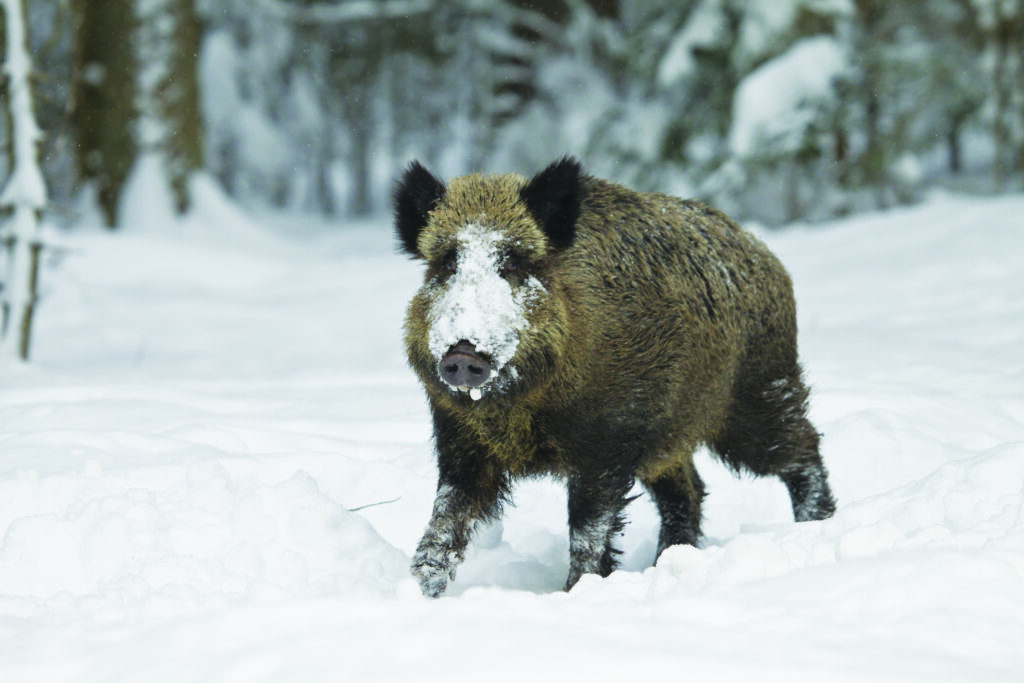Annie Davis has worked at the George Veterinary Group for 19 years. She is one of a team of seven pig vets, based in Malmesbury, Wiltshire
At recent meetings in the US, attended by pig practitioners from all over the globe, we were challenged to ‘look beyond our own back yard’ and view the bigger picture.
We then had to briefly update the meeting on the areas of primary focus in each of our regions.
It was an ideal opportunity to amble down to the bottom of the garden and see what the rest of the world was struggling with.
Unsurprisingly, the issues identified were not dissimilar across the regions. High feed costs, ever-limited resources, high cost of investment, market uncertainty, consolidation of sow numbers, disease threats and regulatory restrictions featured large in pretty much every update. The shocking part for me was when the local context was highlighted. We in the UK take the threat of notifiable disease seriously but, for now at least, it remains a remote issue.
My colleagues from Poland and Russia don’t need to look over the fence – the problem is already in the garden as they face outbreaks, restrictive control measures and increased surveillance in their practice areas. To hear them talking in a matter-of-fact way about units which have failed to eliminate disease, or have been successful, only to break down again within a short timescale, was unnerving.
One large US production company estimated that 25% of its production would be lost if there was a foreign animal disease incursion, highlighting frustration that current response mechanisms in the event of such an outbreak were outdated – a 1950s approach to 21st century production.
Significant airtime was given to antimicrobial stewardship and welfare. Retailers in some countries are putting the industry under pressure as consumers (encouraged by well-funded NGOs) start to demand products from ‘radical production methods’. Some of these were familiar: free-range production, no antibiotic used, non-GMO. (But I wasn’t aware there were groups calling for ‘vaccine free’ production, and am still struggling to work out why – answers on a postcard please). The approaches varied widely, although I felt we were several steps ahead in both of these areas.
The overarching messages I took home to my ‘backyard’ is that, although we may be a small industry in the global context, we have not buried our heads in the sand but faced some of the challenges proactively. This is not an excuse to sit back and relax, certainly where health is concerned, as complacency is probably the biggest threat we face.
For now, I will carefully file away my passport and amble down to the bottom of the garden to see if the cows have made any inroads on the nettles on the other side of the fence, and be thankful that the view is currently disease-free and serene.





